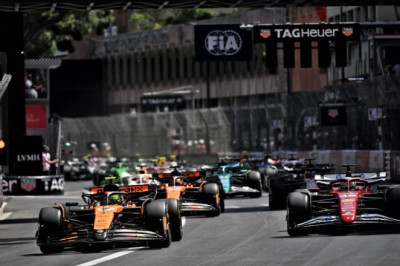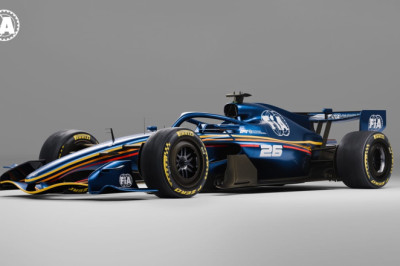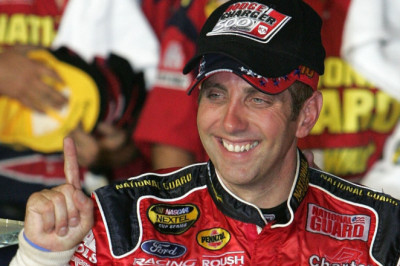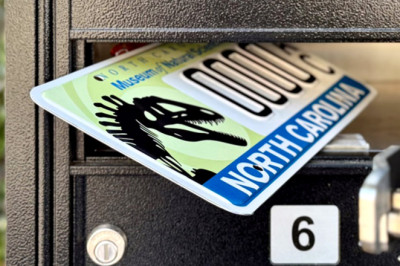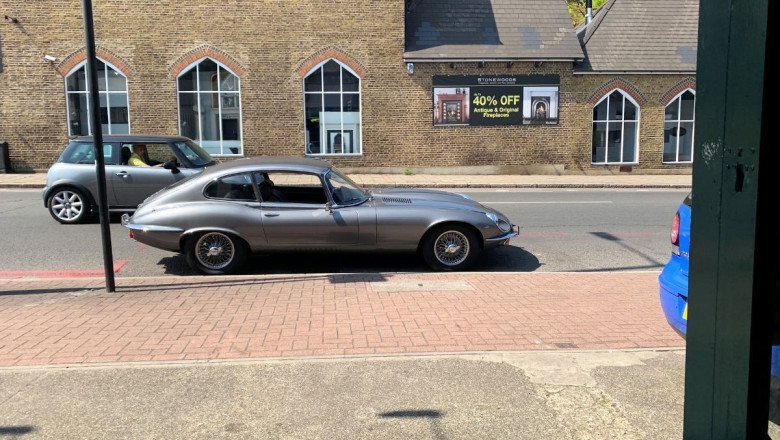
The described car is a Series 3 Jaguar E-Type with a manual gearbox, boasting impressive statistics such as 35,600 miles and 272bhp. It is acknowledged that these intimidating figures may pose a challenge for someone who is new to driving classic cars. Furthermore, the test drive took place during rush hour, which is not an ideal environment to fully experience a 50-year-old car, especially one with a value exceeding £70,000.
Despite the challenging traffic conditions, a few observations were made about this iconic British motoring legend. Firstly, it was noted that the Jaguar E-Type is relatively small and narrow compared to modern vehicles. Its compact size allows it to maneuver through tight gaps with ease, potentially outperforming many contemporary hatchbacks.
Inside the car, there was no sense of claustrophobia, as it offers enough space for a driver, passenger, and a few bags. Being a grand tourer, it was designed to provide comfort during long journeys rather than aggressive track performance. Its purpose was to provide an exhilarating experience while cruising down to the South of France.
Surprisingly, despite the presence of a large V12 engine at the front, the car did not require significant effort to navigate London's streets. The steering was light, power delivery was smooth, and the ride was comfortable. However, it was emphasized that driving this car requires a certain finesse.
Starting the engine involved a warm-up period, as it is an older vehicle that needs time to reach optimal operating temperature. Drivers must be patient before setting off. Additionally, it was noted that the braking performance of the E-Type is not on par with modern cars, as it lacks ABS (anti-lock braking system). To stop effectively, drivers need to apply more force to the brakes.
Changing gears in the E-Type was described as a different experience. The pedal weights felt distinct, and shifting gears was likened to searching for them in the dark. Downshifting required the technique of heel and toe, where the driver uses the heel to operate the accelerator while blipping the throttle with the toe to match engine speed and achieve smooth downshifts. This technique was described as delicate, akin to painting with a brush rather than forceful gear changes.
Driving a classic car in Friday evening rush hour traffic proved to be a challenging experience. Classic cars are not well-suited to stop-start traffic in hot conditions, and the author observed the water temperature rising with concern. Fumbling occasionally for a gear, the author drove cautiously past bus stops and signposts, recognizing the need to handle the precious vintage vehicle with care.
However, as the drive progressed, the author came to a realization—the car, despite its historical significance and value, was still just a car. It wasn't as fragile as delicate china, and its gearbox wasn't as fragile as glass. With this understanding, the author began to enjoy the experience more fully.
The author appreciated the sensory aspects of driving the classic Jaguar E-Type, such as the smell of wood and leather in the plush interior. The car's ability to absorb bumps in the road with grace and reveal previously unnoticed details was noteworthy. And, of course, the engine's sound was a standout feature. The author expressed a fondness for the sonorousness of 12-cylinder cars, particularly those from the mid-to-late 20th century. The roar emitted by the Jaguar's 12 cylinders when the accelerator was pressed provided a nostalgic soundtrack that would even bring a smile to the face of an oil protester.
In essence, the author's review aimed to highlight the unique character and charm that classic cars possess. While they may present challenges, their distinctiveness and the experience they offer should be celebrated. Driving a classic car evokes a sense of nostalgia and appreciation for the craftsmanship and artistry of automotive history. Despite the challenges of rush hour traffic, the author's encounter with the Jaguar E-Type exemplified the enduring appeal of classic cars and the joy they bring to enthusiasts.
In summary, while the Jaguar E-Type may initially appear daunting to drive, it was found to be manageable with its light steering, smooth power delivery, and comfortable ride. However, it demands a level of patience and finesse, particularly during start-up and gear changes. Its driving experience embodies the charm and character of classic cars, offering a unique and rewarding journey for those willing to embrace its quirks.






